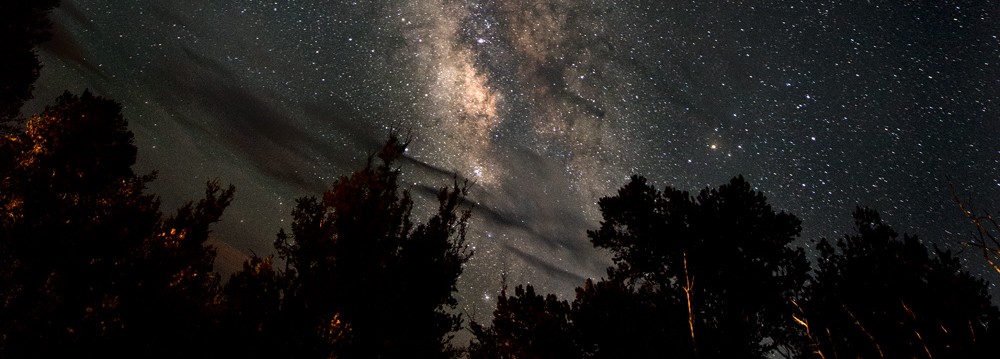Using two great examples from history, Chamberlain suggests that concerning stories, there needs to be a balance between reality and imagination, the real and the believed. His first story outlines the way the Gitksan people fought for their land by ceremoniously telling the courts of a story where the great grizzly bear Mediik brought down the mountain and buried the river. In addition to this historical retelling, the Gitksan people decided to confirm their legendary story with geologic evidence dating the debris under the earth of their town to match the material at the top of the mountain. While the courts saw this geologic evidence as factually stable and convincing, the Gitksan people were disheartened that the evidence was not taken alongside the previous evidence provided. Within Gitksan understanding of storytelling, what seemed to back their story was a tradition of performance as well as a history of events; reality and literary imagination (Chamberlain 198). According to Chamberlain in the previous chapter, the Gitksan’s legend should have been just as valid because the ceremonies of belief that bring about a revelation of reality are just as valid as any “truth” or “factual” evidence (208). These stories and legends chronicle historical events and create a sense of order, not in a scientific way, but in a faithful way (201).
This idea of faithful observation versus factual observation is illustrated in the second story Chamberlain tells, of two painters creating an entirely different picture of a boat on water. The first painter strives to paint “truthfully”, and goes off of the knowledge she has of the boat, such as the fact that it has exactly 27 portholes. The second painter paints what he can see, which is 7 portholes. Both paintings are credible because of the truth that lies within each observation. Both portraits are true in that they each tell a certain type of truth (222)
Chamberlain presents these examples in order to begin bridging the gap between “them” and “us”, claiming the common ground between facts of experience and the formalities of expression can both coexist, just like borders must be crossed, as well as acknowledged when it comes to storytelling and art itself (223). Once this is recognized in our own culture, we are able to recognize it in unfamiliar cultures as well, so that “the act of believing in these stories and ceremonies rather than in the particular belief itself” causes us to come together (224).
The idea that these stories and ceremonies offer a possibility of understanding the nature of belief through the correctness of names or more broadly, the correct use of language, has ties to Confucius’s “The Analects”. Chamberlain makes this distinct connection because he believes discipline is needed to better believe ritual and ceremonious acts. Hui Ching Chang briefly outlines some of Confucius’ principles. These principles once again suggest “when names are not used properly, language will not be used effectively” (224), but when they are used correctly, Chamberlain claims the ceremonial moment when we cross the border will occur, and ceremonies that would normally be questioned, such as communion, rock concerts with questionable lyrics (Red Hot Chili Peppers anyone?), and national anthems.
The two stories that make up Canada: our ceremonies, our contracts with one another, and our agreements between Aboriginals and Canadian settlers, are either a chronicle of events or a ceremony of belief. Both, according to Chamberlain are true, in that the two paintings of the boat are true, and both hold equal validity just as the Gatksan legend, as well as the scientific evidence, are useful. While Canada has a story title which is based on the settler story, Chamberlain suggests we must change the underlying title to “aboriginal title”, in order to constitute a new story, and change the way we see the origin of our nation, and the purpose of our nation.

